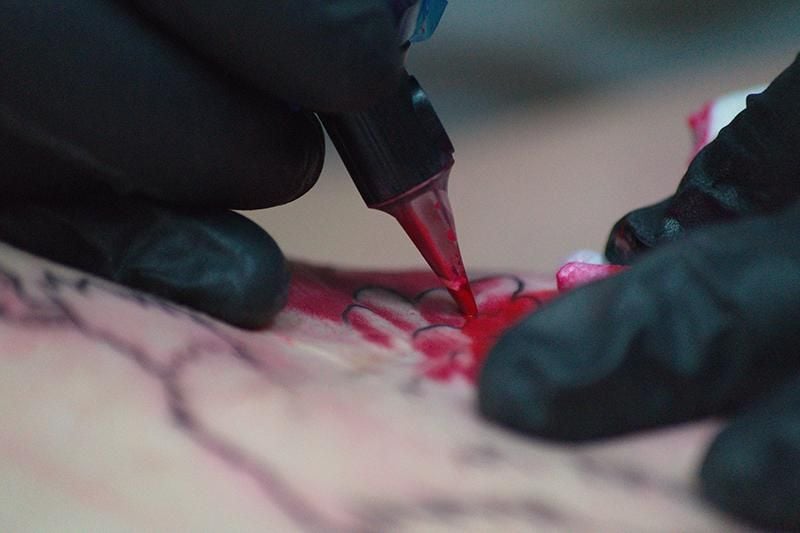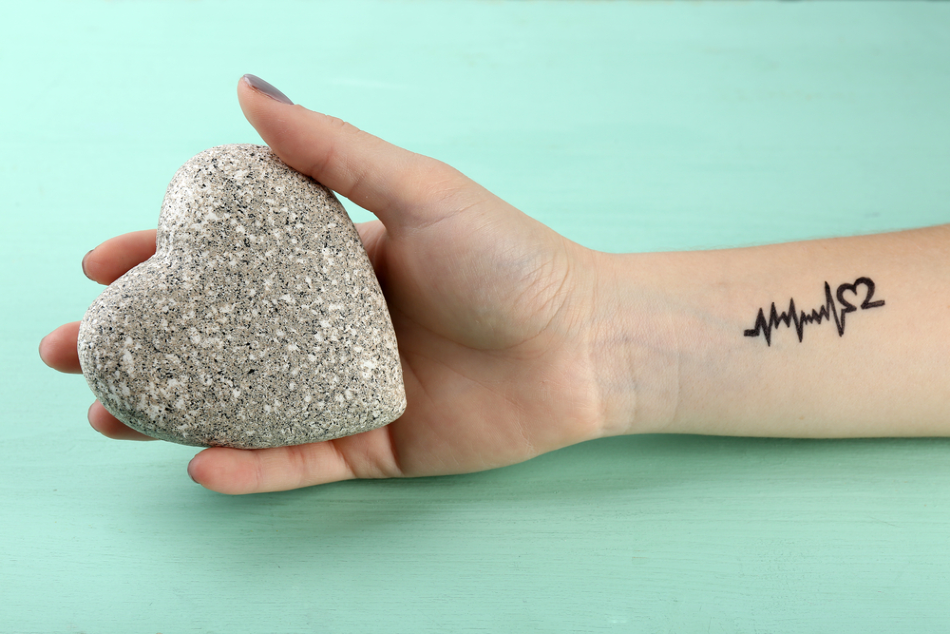

TATTOO IMAGING SKIN
This question is necessary because of the associated imaging artifacts and, more importantly, because a small number of patients (fewer than 10 documented cases) have experienced transient skin irritation, cutaneous swelling, or heating sensations at the site of the permanent colorings in association with MR procedures (review of Medical Device Reports, 1985 to 2011). This includes cosmetic applications such as eyeliner, lip-liner, lip coloring, as well as decorative designs. Therefore, the presence of permanent cosmetics should not prevent a patient from undergoing MR imaging.īefore undergoing an MR procedure, the patient should be asked if he or she has ever had a permanent coloring technique (i.e., tattooing) applied to the body. Based on these findings and additional information in the peer-reviewed literature, it appears that MR imaging may be performed in patients with permanent cosmetics without serious soft tissue reactions or adverse events. Both incidents were transient and did not prevent the MR procedures from being performed. One subject reported a sensation of "slight tingling" and the other reported a "burning" sensation. Only two individuals (1.5%) experienced problems associated with MR imaging. One hundred thirty-five (13.1%) study subjects underwent MR imaging after having permanent cosmetics applied. Results from 1,032 surveys were tabulated. This survey asked study subjects for demographic data, information about their tattoos, and for their experiences during MR imaging procedures. A questionnaire was distributed to clients of cosmetic tattoo technicians. In 2002, Tope and Shellock conducted a study to determine the frequency and severity of adverse events associated with MR imaging in a population of subjects with permanent cosmetics. While it is well-known that permanent cosmetics and tattoos may cause artifacts and both cosmetic and decorative tattoos may be associated with relatively minor, short-term cutaneous reactions, the frequency and severity of soft tissue reactions or other problems related to MR imaging and cosmetic tattoos is unknown. This undue concern for possible adverse events prevents patients with cosmetic tattoos access to an important diagnostic imaging technique. For example, based on a few reports of symptoms localized to the tattooed area during MR imaging, many radiologists have refused to perform examinations on individuals with permanent cosmetics, particularly tattooed eyeliner. Unfortunately, there is much confusion regarding the overall safety aspects of permanent cosmetics.

Additionally, permanent cosmetics are used aesthetically to enhance nipple-areola reconstruction procedures and for other applications.

Cosmetic tattoos or “permanent cosmetics” are used to reshape, recolor, recreate, or modify eye shadow, eyeliner, eyebrows, lips, beauty marks, and cheek blush. Traditional (i.e., decorative) and cosmetic tattoo procedures have been performed for thousands of years.


 0 kommentar(er)
0 kommentar(er)
